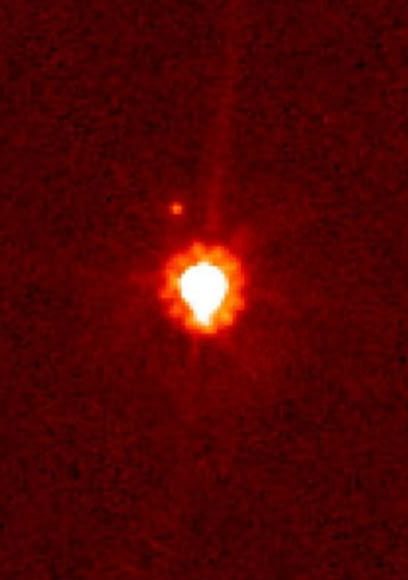A team of scientists critically summarises major advances in mineral-microbe interactions, including molecular mechanisms of interactions and macroscopic manifestations of such interactions over time, in a paper published in National Science Review. Significant challenges and future research opportunities have been identified.
Minerals are the basic building blocks of the Earth. The majority of the tree of life is occupied by microbes. Minerals and microbes coexist and interact in near-surface environments. Mineral-microbe interactions have exploded in the last two decades, owing to the fact that such interactions drive major geological events and significantly influence Earth’s habitability. Dr.Hailiang Dong of China University of Geosciences (Beijing) led a research team that critically reviewed mineral-microbe interactions and coevolution, and proposed major future research opportunities and challenges.
Minerals and microbes interact with one another at all spatial and temporal scales. While many minerals provide protection and nutrients/energy to support microbial growth and metabolism, others may produce bio-toxic substances and reactive oxygen species (ROS) that limit and even kill microorganisms. Microbes, in turn, actively dissolve, precipitate, and transform minerals through metabolism, producing unique biosignatures in the geological record.
Minerals and microbes have increased their species diversity and functional complexity throughout Earth’s history. Minerals catalyse the synthesis of biological molecules in a prebiotic world and play an important role in the emergence of life. Mineral evolution then drives microbial innovation through changes in physiochemical properties over time. Microbial evolution, in turn, drives mineral diversity via their distinct metabolism. As a result, evolving mineral-microbe interactions play critical roles in driving geological events such as the occurrence of the Great Oxidation Event and the formation of large ore deposits over geological time.
Mineral-microbe interactions have numerous biotechnological applications, including precious metal bioleaching and mineral fertiliser production, heavy metal and organic pollutant remediation, biosynthesis of novel materials, and CO2 sequestration. Despite recent advances, the authors identify key research questions for future investigation.
First, the roles of minerals in microbial ecology are only being recognised qualitatively at the moment. Traditional culture media do not value minerals as important nutrients and sources of energy, which may be one of the reasons for the low success rate in obtaining pure cultures. Mineral-based culture media should be more effective at recovering microbial resources.
Second, distinguishing biogenic minerals from abiogenic minerals is difficult. To search for biological footprints in the geological record and on other planets, a syngenetic assemblage of minerals that combines morphological, structural/textural, and geochemical evidence is more meaningful.
Third, laboratory mechanistic investigations must be linked to field observations. Mineral-microbe interactions can be inferred over time using an iterative approach.
Fourth, manipulation of mineral-microbe interactions can benefit humanity in ways such as CO2 sequestration and mitigation of the global warming effect, resource recovery, environmental protection, and novel material manufacturing.

